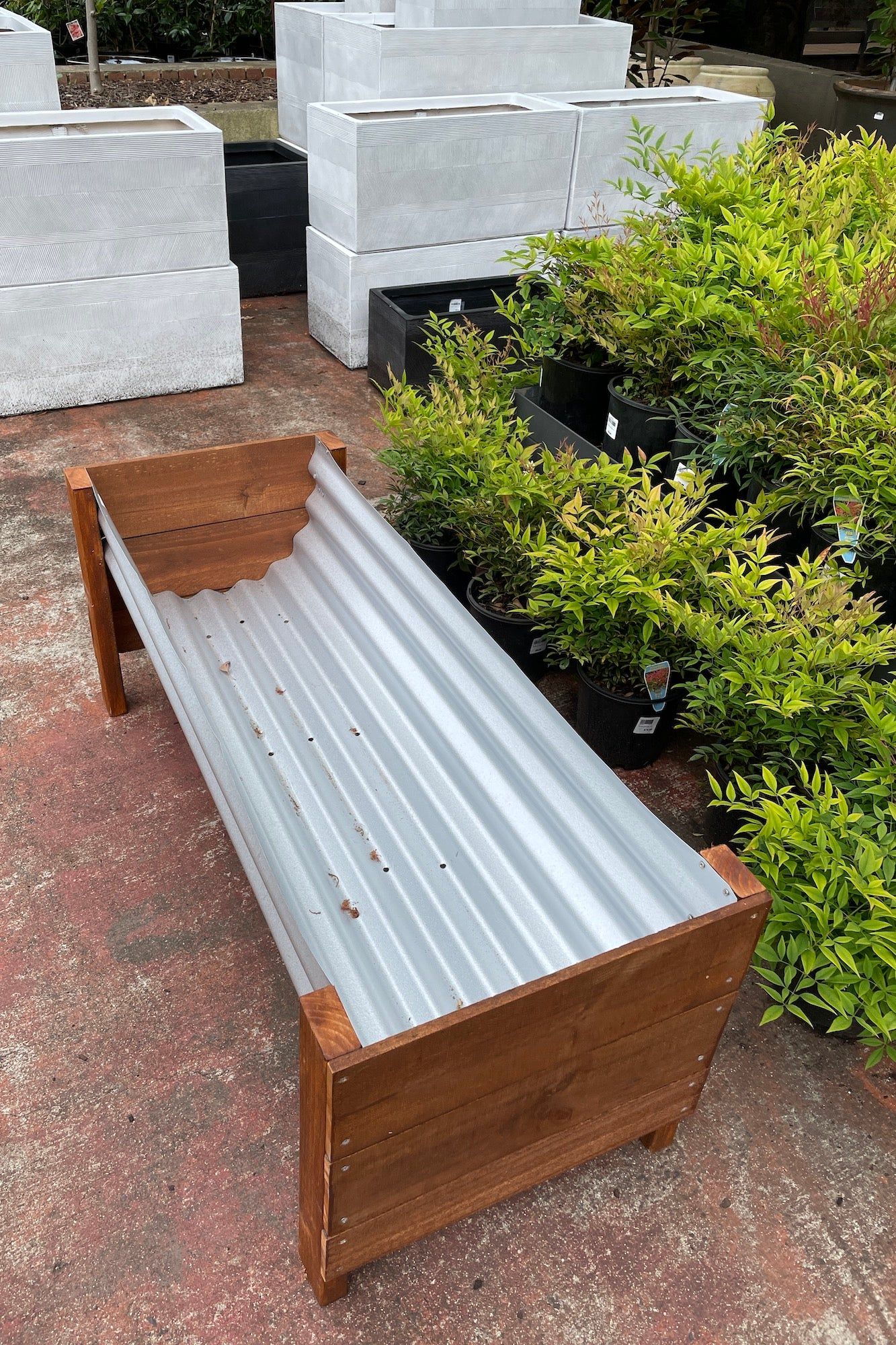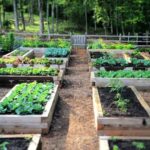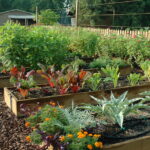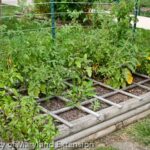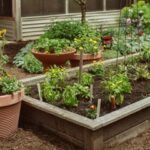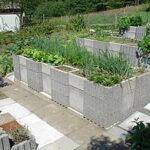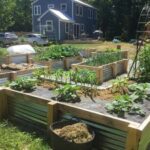Raised bed gardening is a popular and effective way to grow vegetables, herbs, and flowers. By elevating the soil above ground level, raised beds provide better drainage, easier weed control, and improved soil quality. If you’re interested in starting a raised bed garden, here are some tips to help you get started.
Choose a location: Before you start building your raised bed, you’ll need to choose a location that receives at least 6-8 hours of sunlight per day. Make sure the area is level and has easy access to water.
Select the right materials: Raised beds can be made from a variety of materials, including wood, metal, or stone. Wood is a popular choice due to its affordability and ease of construction. Cedar, redwood, and pressure-treated lumber are all good options for building raised beds that will last for several years.
Build your raised bed: Once you’ve chosen your materials, it’s time to build your raised bed. Start by marking out the dimensions of your bed with stakes and string. Use a level to ensure that the bed is even, then secure the corners with screws or nails. If you’re using wood, consider lining the interior of the bed with landscape fabric to prevent the wood from rotting over time.
Fill your raised bed: Once your bed is built, it’s time to fill it with soil. A good mix for raised bed gardening is equal parts compost, topsoil, and peat moss or vermiculite. This will provide your plants with the nutrients they need to thrive.
Choose the right plants: When planning your raised bed garden, think about what you want to grow and how much space each plant will need. Consider companion planting, which involves placing plants together that benefit each other, such as planting basil near tomatoes to repel pests. Research the proper spacing and planting depth for each plant to ensure successful growth.
Water wisely: Raised bed gardens require regular watering, especially during hot weather. Use a soaker hose or drip irrigation system to deliver water directly to the roots of your plants, and avoid overhead watering to prevent the spread of disease. Monitor your garden regularly to ensure that your plants are receiving enough moisture.
Control pests and weeds: To keep your raised bed garden healthy, it’s important to control pests and weeds. Consider using organic pest control methods, such as hand-picking pests or using natural insecticides. Mulch your garden with straw or wood chips to help suppress weeds and retain moisture in the soil.
Harvest and enjoy: As your plants grow and mature, make sure to harvest them regularly to encourage new growth and prevent overcrowding. Enjoy the fruits of your labor by cooking and eating the fresh vegetables and herbs from your raised bed garden.
Starting a successful raised bed garden takes time and effort, but the rewards are well worth it. By following these tips, you can create a beautiful and productive garden that will provide you with fresh produce and a sense of accomplishment. So roll up your sleeves, grab your gardening tools, and get ready to start your own raised bed garden today!
